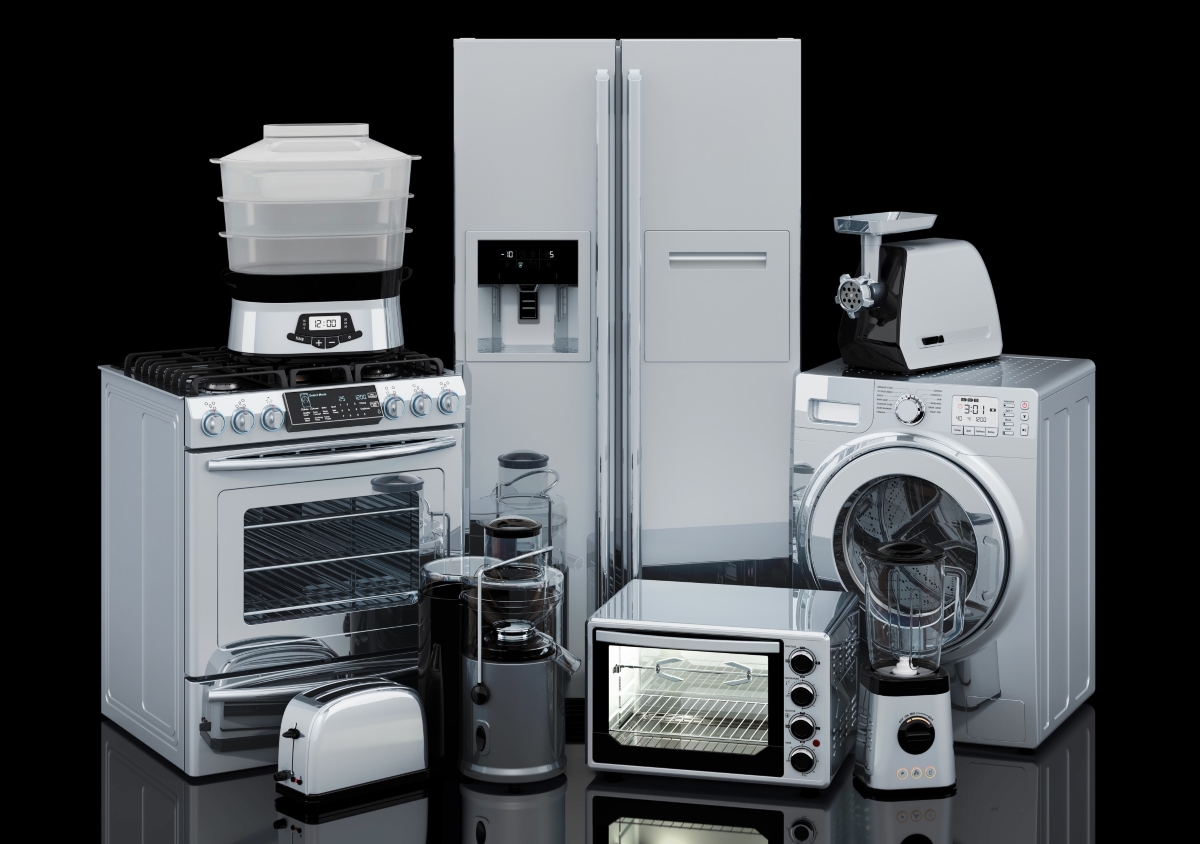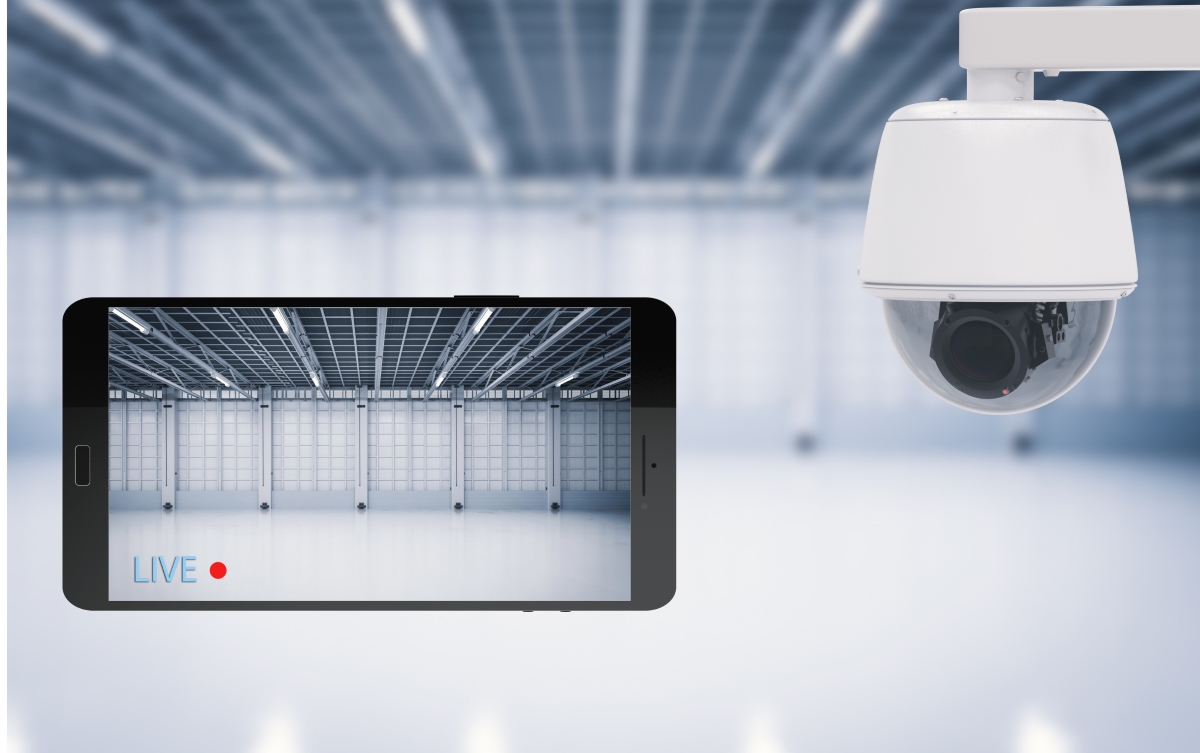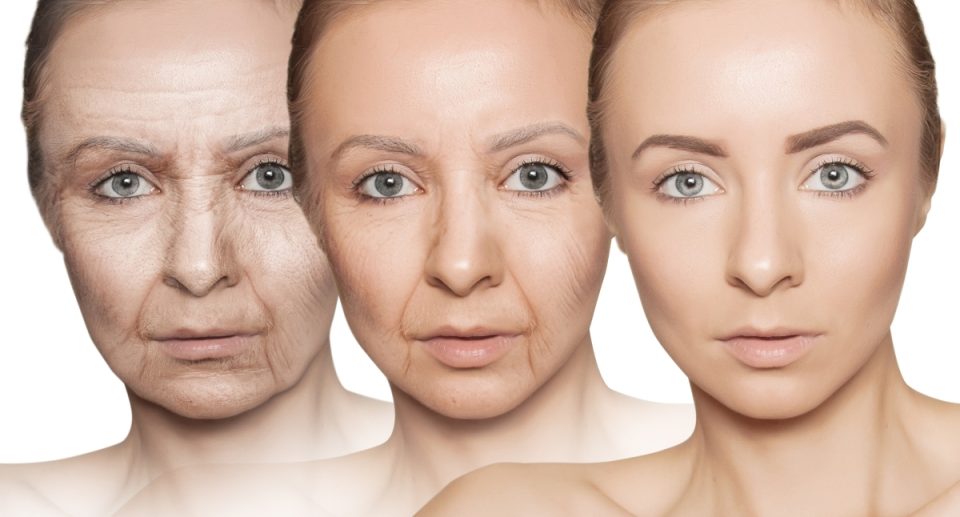Smart Home Devices: Enhancing Comfort and Security for Seniors

In recent years, smart home technology has revolutionized how we interact with our living spaces. This technology offers seniors an exciting opportunity to enhance comfort and security. Maintaining independence while ensuring safety becomes a priority as we age, and smart home devices are increasingly helping seniors achieve that balance.
Smart home devices range from voice-activated lights to advanced security systems that monitor activity inside and outside the home. These devices simplify daily tasks and provide peace of mind, allowing seniors to live comfortably and securely in their homes for longer. In this article, we will explore how smart home technology can improve the lives of seniors, providing practical benefits in areas such as convenience, safety, and health.
Why Smart Home Devices Are Ideal for Seniors

Smart home technology has become more accessible, intuitive, and user-friendly, making it especially useful for seniors. Certain physical tasks can become more difficult as we age, and security concerns may increase. Smart devices can address these challenges for seniors, offering a level of control and ease that empowers them to maintain their independence.
- Convenience: One of the biggest advantages of smart home devices is their convenience. For seniors, this means automating everyday tasks that may become more cumbersome with age. Whether it’s adjusting the thermostat without getting out of bed or turning off lights with a simple voice command, smart devices simplify daily living.
- Safety and Security: Another significant benefit of smart home technology for seniors is enhanced security. As older adults may become more vulnerable to risks such as break-ins or emergencies, smart security devices like doorbell cameras, motion sensors, and smart locks offer an added layer of protection. These devices deter potential intruders and enable seniors to monitor their homes remotely or with the help of family members.
- Independence: Aging in place is a priority for many seniors, and smart home devices allow for greater independence. Seniors can rely on these devices to assist with tasks that may otherwise require help from caregivers. Whether it’s managing their home’s environment, monitoring health conditions, or ensuring their safety, smart home devices support seniors in maintaining control over their daily lives.
- Accessibility: For seniors with physical limitations or disabilities, smart devices offer accessible solutions. Motion-activated lights, for instance, eliminate the need to fumble for switches in the dark, reducing the risk of falls. Similarly, voice-controlled systems make it easier for seniors to interact with technology without navigating complex interfaces or manual controls.
Key Smart Home Devices for Comfort and Daily Convenience

Many smart home devices are designed to improve comfort and convenience, making it easier for seniors to enjoy daily routines. Below are some key smart devices that can transform the way seniors experience their homes:
Smart Thermostats
Smart thermostats, such as the Nest or Ecobee, allow users to remotely control the temperature in their homes or through voice commands. These thermostats can learn a senior’s preferences and automatically adjust the temperature based on time of day, weather conditions, or occupancy. For seniors, this means greater comfort without the hassle of manually adjusting settings.
Additionally, smart thermostats can help seniors save on energy costs, ensuring their homes are heated or cooled only when necessary. This can be particularly useful for older adults on a fixed income who want to manage their utility bills more efficiently.
Smart Lighting
Lighting is crucial for both comfort and safety. Smart lighting systems, such as Philips Hue, can be programmed to turn on or off at specific times, or they can be controlled through voice commands or mobile apps. For seniors, this eliminates the need to physically reach light switches, which can be challenging for those with mobility issues.
Motion-activated lights are also a great option for seniors. These lights automatically turn on when someone enters a room, providing instant illumination in areas such as hallways, bathrooms, and staircases—key spots where falls are more likely to occur.
Smart Speakers and Virtual Assistants
Devices like Amazon Alexa, Google Assistant, and Apple’s Siri have transformed the way people interact with technology. For seniors, smart speakers offer hands-free assistance for a wide range of tasks. With simple voice commands, they can check the weather, set medication reminders, play their favorite music, or even control other smart devices in the home.
Virtual assistants can also give seniors valuable reminders, helping them keep track of appointments or daily routines. For those who may forget to take medication or miss an important event, these devices act as a digital assistant that supports their daily lives.
Smart Kitchen Appliances
The kitchen is often considered the heart of the home, but it can also be a place of risk for seniors. Smart kitchen appliances, such as ovens, refrigerators, and coffee makers, are designed to make cooking safer and easier. For example, some smart ovens can be turned off remotely, reducing the risk of fires from forgotten meals.
Other kitchen devices, like smart refrigerators, can remind users when food is about to expire or suggest recipes based on the ingredients available. These features ensure that seniors can enjoy cooking while minimizing potential hazards.
Smart Devices for Enhancing Security and Safety

Safety is a top priority for seniors, especially those who live alone or experience health challenges. Smart home devices offer advanced security measures that provide seniors and their families peace of mind.
Smart Doorbells and Cameras
Smart doorbells, such as Ring or Nest Hello, allow seniors to see who is at the door without opening it. These devices come equipped with cameras that provide a live video feed of visitors, which can be viewed on a smartphone or tablet. Some smart doorbells also feature two-way audio, enabling seniors to speak to visitors remotely.
In addition to providing visibility, smart cameras can be installed both inside and outside the home to monitor activity. These cameras can send real-time alerts to seniors or their family members if any unusual motion is detected, enhancing the home’s overall security.
Smart Locks
Smart locks offer keyless entry, allowing seniors to lock or unlock their doors using their smartphones or voice commands. For those who struggle with traditional keys or may forget to lock the door, smart locks provide a more accessible and secure alternative.
In emergencies, smart locks also enable family members or caregivers to access the home without needing a physical key. This can be particularly useful when seniors need immediate help but cannot unlock the door themselves.
Motion Sensors and Alarms
Motion sensors around the home can detect unusual activity and alert seniors or their loved ones to potential security threats. These sensors can be integrated into a comprehensive home security system, offering a proactive approach to safety.
Alarms like smoke or carbon monoxide detectors are another essential part of a senior’s safety system. Smart alarms can be monitored remotely, ensuring that seniors are alerted to potential dangers even if they are asleep or away from home.
Medical Alert Systems
For seniors with health concerns, medical alert systems are invaluable. These systems can detect falls, monitor vital signs, or provide immediate emergency response at the push of a button. Some medical alert devices are wearable, allowing seniors access to help at all times, whether at home or out and about.
How Smart Devices Can Assist with Health Monitoring

In addition to enhancing comfort and security, smart home devices can help seniors manage their health more effectively. Here are a few examples of smart devices that support health monitoring:
Wearable Health Devices
Wearable devices, such as Fitbit or Apple Watch, allow seniors to track their activity levels, heart rate, and even sleep patterns. These devices can motivate seniors to stay active and healthy by providing real-time feedback and goals.
For seniors with chronic health conditions, wearables can also track important metrics, such as blood pressure or glucose levels, providing valuable data that can be shared with healthcare providers.
Medication Reminders
Smart medication dispensers and reminders help seniors stay on track with their prescriptions. These devices can alert users when it’s time to take their medication; some even dispense the correct dosage automatically.
Missed medication can lead to serious health complications, and these reminders help ensure that seniors adhere to their treatment plans.
Fall Detection Systems
For seniors at risk of falls, fall detection systems provide an added layer of security. These systems use sensors to detect falls and automatically alert emergency services or family members if a fall occurs.
Some fall detection devices are wearable, while others can be integrated into the home’s overall smart system. Either way, they offer critical support in the event of an emergency.
Privacy and Security Concerns for Seniors

While smart home devices offer numerous benefits, it’s important to know about potential privacy and security concerns. As with any technology, smart devices collect data, and seniors should take steps to protect their personal information.
- Understanding Data Privacy: Seniors should ensure they use smart devices from trusted brands that prioritize data security. It’s essential to read the privacy policies of these devices to understand how personal data is collected and used.
- Ensuring Proper Device Setup: Proper installation and setup of smart devices are critical for ensuring security. Seniors should use strong, unique passwords for their devices and ensure that their home Wi-Fi network is secure. If possible, devices should be regularly updated with the latest security patches.
- Choosing Reliable Brands: Not all smart devices are created equal. Seniors should research and choose reputable brands with a history of providing secure, reliable products. This reduces the risk of data breaches or device malfunctions that could compromise safety.
How to Get Started with Smart Home Technology
The process can be exciting and overwhelming for seniors looking to get started with smart home technology. Here are a few tips to help guide the way:
- Assess Needs and Goals: Before investing in smart devices, seniors should consider their primary goals. Are they looking for more comfort, security, or health monitoring? This will help determine which devices are most appropriate.
- Budgeting: Smart home devices can be expensive, so setting a budget is important. Many affordable options exist, and seniors can start small by investing in just one or two devices and expanding over time.
- Installation and Setup: For seniors who may not feel comfortable installing devices themselves, professional installation is an option. However, many smart devices are designed to be easily set up, with simple instructions or video tutorials available.
- Using Voice Assistants: Voice assistants, such as Amazon Alexa, Google Assistant, or Apple Siri, can be a great entry point into smart home technology. These devices are user-friendly and can serve as the central hub for controlling other smart devices in the home.
Conclusion
Smart home technology offers seniors the opportunity to live more comfortably, safely, and independently. From smart thermostats and lighting to security systems and health monitoring devices, these innovations have the potential to enhance the quality of life for seniors greatly. By embracing these technologies, seniors can continue to enjoy their homes with confidence and peace of mind, knowing that the latest advancements in comfort and security support them.





